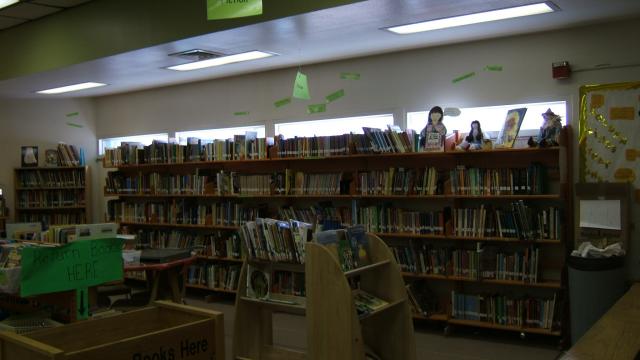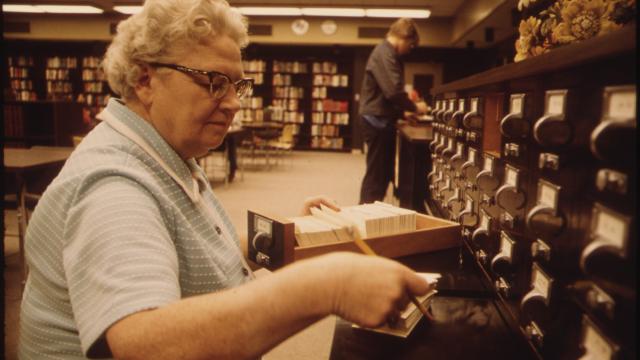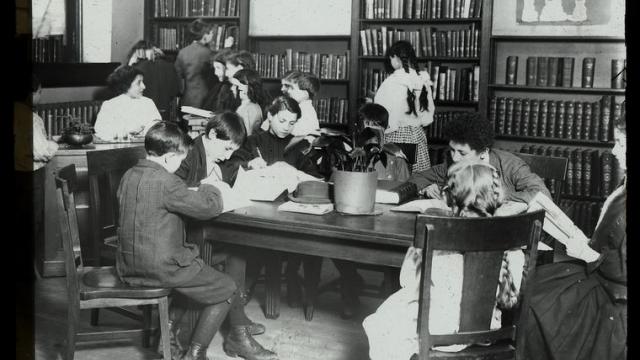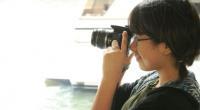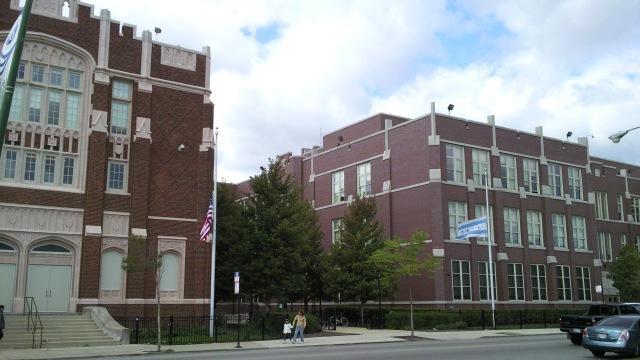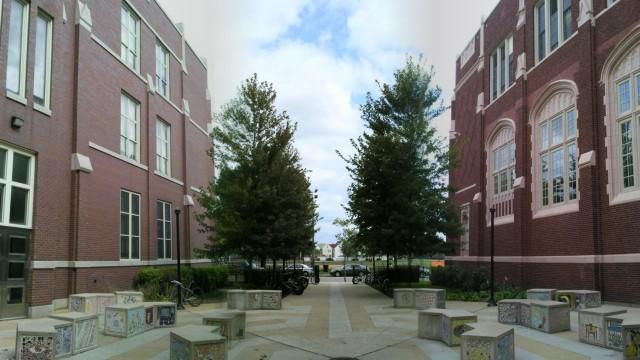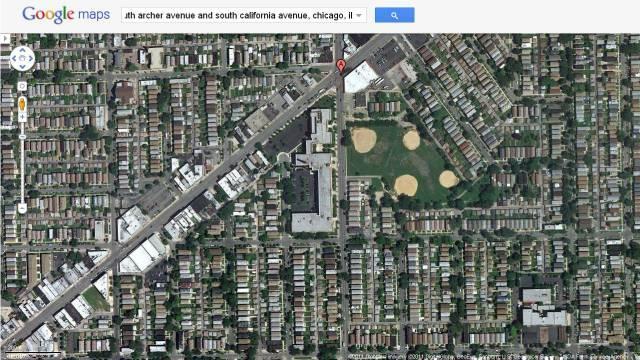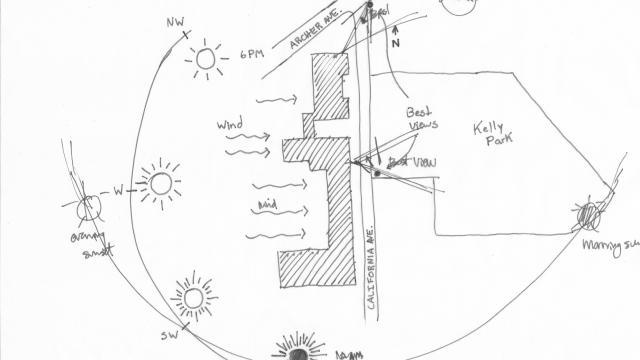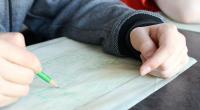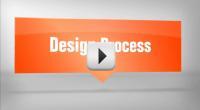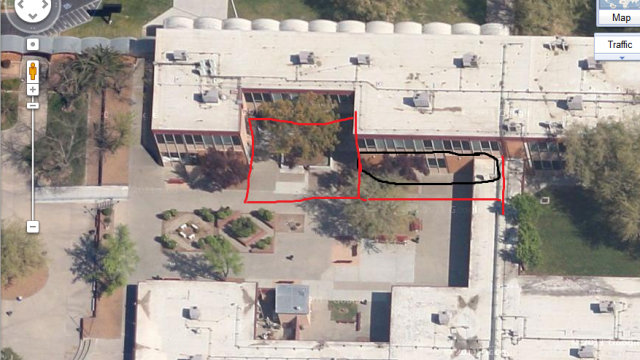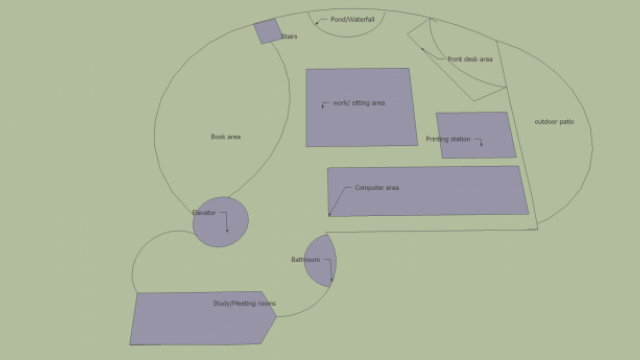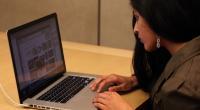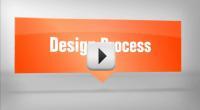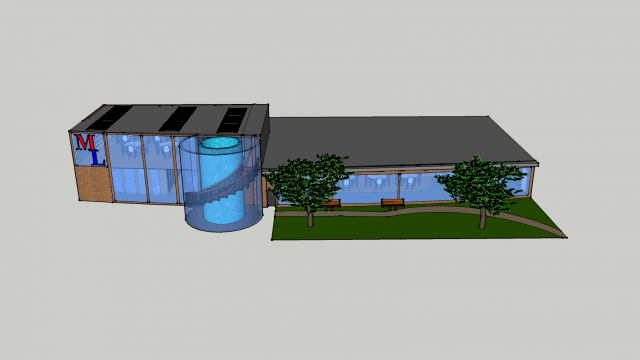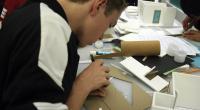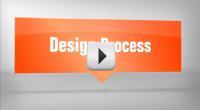
2013 national competition project | Library Redesign #076
Design Brief
Problem – Brooklyn Technical High School is in need of a new design for their library.
Design Statement – Create a new library design utilizing the original size and location of the old library.
Client – CAF and Brooklyn Technical High School
Target Consumer – Student of Brooklyn Technical High School
Criteria –
--Create new library design
-- Use new computers, chairs, tables, etc.
-- It must be eco-friendly.
Constraints—
- It must be eco-friendly.
It must use original library size.
Must last at least eight years.
Product— Not yet made.
ApersonThatGoesToSchool23's work for the Collect Information step:
Summary
I researched all cases that would benefit my library design. I also reviewed my original school library.
This is a picture of an Apple Macintosh computer. This is Apple’s latest iMac model. It features a...
0 comments
The first picture is of the original library at Brooklyn Technical High School. The picture...
This is a computer chair. This chair is comfortable and sturdy. Not only does it have a leather...
This is a simple chair that looks very interesting. It is also modern to the 21st century. Not only...
This picture contains a sleek and elegant table. The table contains for legs made out of high...
This is a eco-friendly light. This should be on the celling of our library. This light is bright...
This is a windows computer made by Dell. This is also an all in one computer. The screen size is 27...
ApersonThatGoesToSchool23's work for the Brainstorm Ideas step:
Summary
I started by looking for modern objects to replace the old objects in the library. The chairs were too uncomfortable so I replaced them with padded chairs. And so on.
Student Seating
• Joshua Training Chair
Nice Padded Cushions
Sturdy Metal Frame
Stackable...
• Axess 3-Shelf Morgan Cherry Bookcase
Morgan Cherry Finish
Compact size for Handicapped...
• Apple iMac
Battery Efficiency
Some Parts Are Recyclable
Thin, Ergonomic Design
Virus...
• Boomerang Modern Lounge Chair
Soft cushioned seats
Combinable sides and Steel Structure...
• Milan
ADA Compliant
Made of 16 Gauge Steel For Maximum Durability
32”-46” Single or...
• Modern Naver Desk
Sleek and modern design
Sturdy metal construction
Includes desk...
.png)


